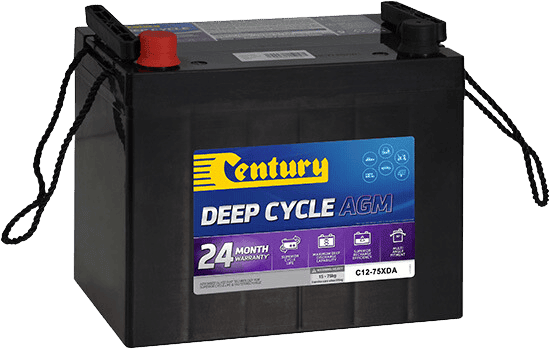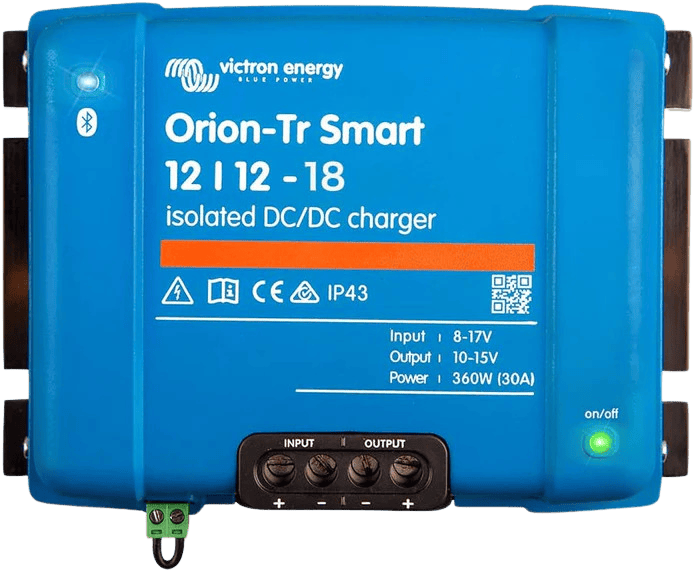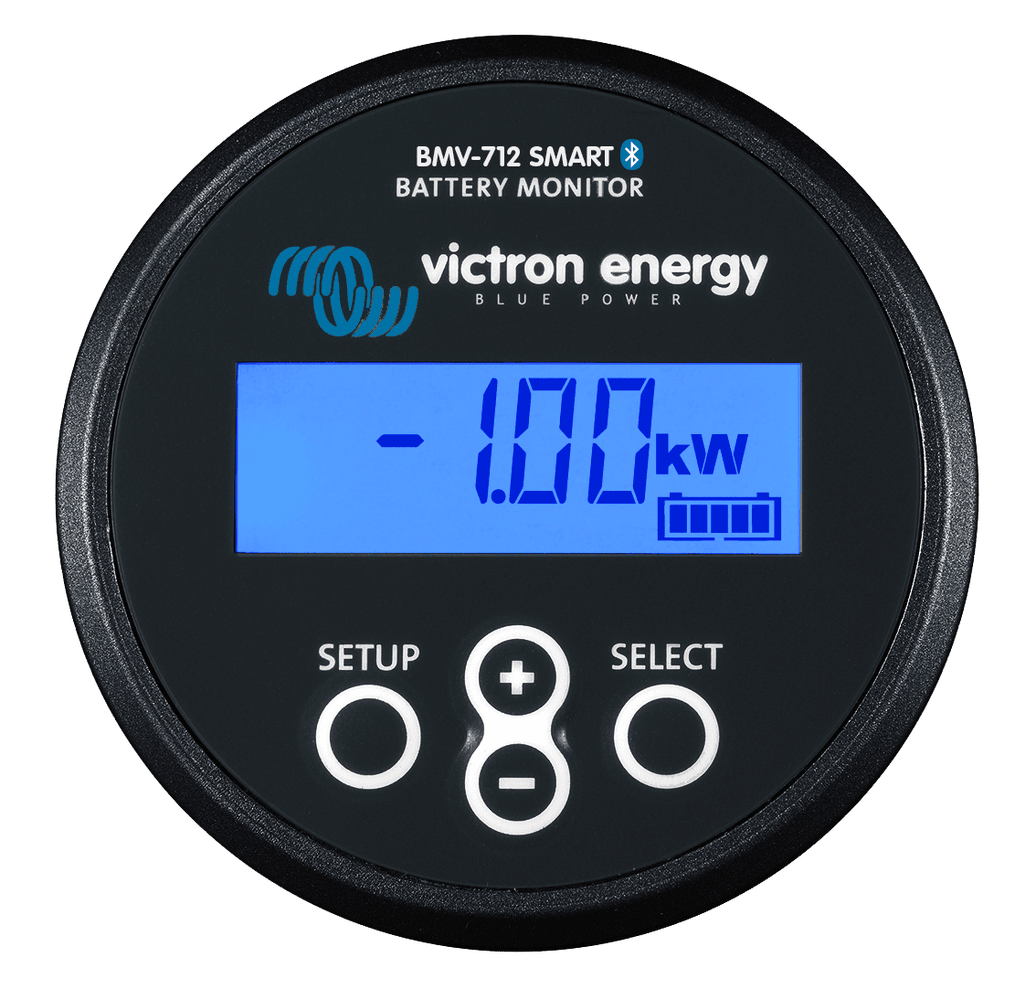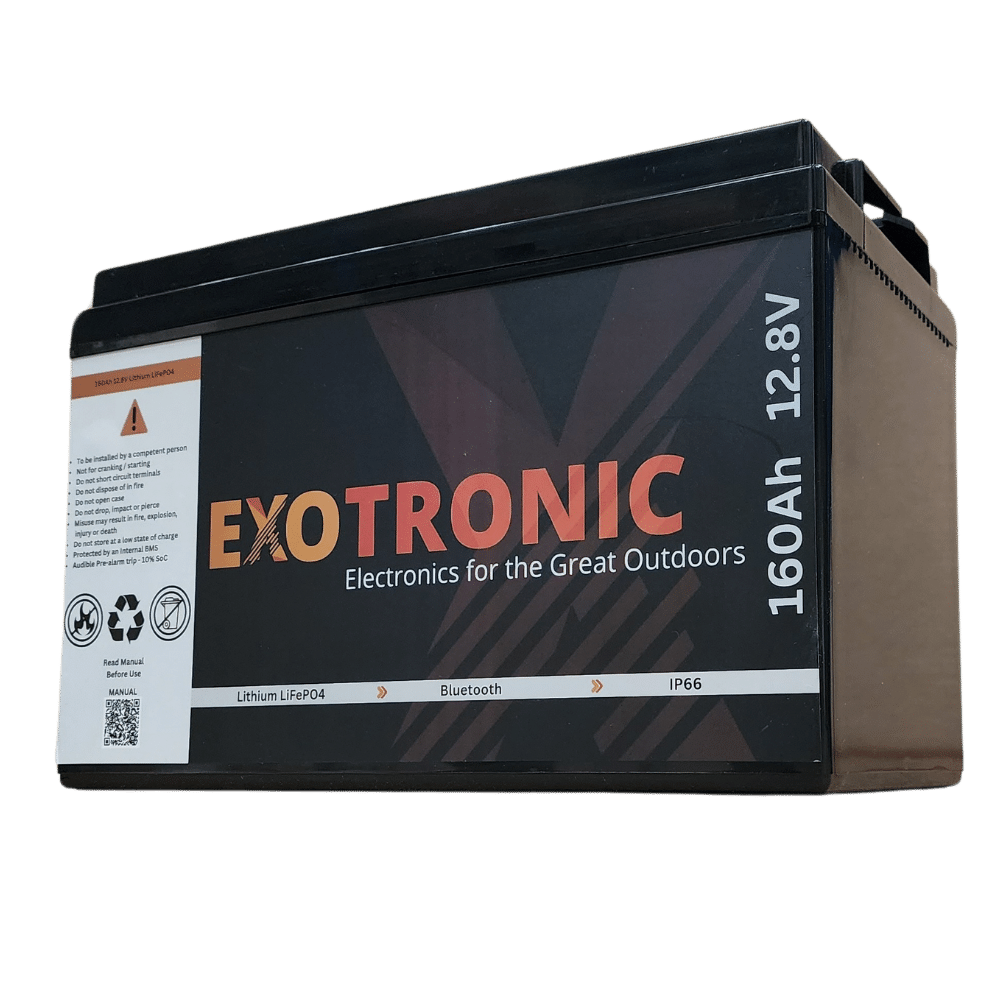How Well Do Solar Panels Work in Winter?

The winter solstice on June 21 is just around the corner. As the days grow shorter and temperatures drop, many RV and Caravan enthusiasts in Australia wonder about the effectiveness of their solar panels during the winter. What do solar system owners, particularly RV, caravan and off-grid solar system owners, need to know during this period? In this article, we delve into the age-old question: "Do solar panels work in winter?"
Understanding Winter Solstice in Australia & Its effect on Solar Efficiency
Three key factors affecting Solar Panel Performance in Winter:
Reduced Energy Production: Solar PV systems produce less energy daily due to shorter daylight hours and frequent overcast weather. This effect intensifies the further you are from the equator—significant drops are noticeable in Tasmania, while in Darwin, the impact is minimal. The sun's lower winter position also increases shading issues, although this is less significant in RV or off-grid settings when solar panels are wired in parallel and when an MPPT is used.
Temperature Effects on Efficiency: Solar panels operate more efficiently in cooler temperatures, which helps maintain photovoltaic cell efficiency. This efficiency boost can offset some energy losses from shorter sunlight hours. However, batteries do not fare as well in cold weather, experiencing faster discharge rates and reduced efficiency, and in extreme conditions, they may not function at all.
High Rainfall in Peak Winter Months: Cities like Melbourne, Sydney, and Brisbane experience increased rainfall during the winter, impacting solar panel effectiveness. While photovoltaic panels can generate power in both direct and indirect sunlight, heavy rains can substantially reduce sunlight access, hindering energy production.
2023 Monthly Median Rainfall in Major Cities (mm)
| City | Station | Jan | Feb | Mar | Apr | May | Jun | Jul | Aug | Sep | Oct | Nov | Dec |
| Melbourne | Olympic Park | 20.2 | 23.6 | 48.8 | 108.6 | 77.8 | 52.8 | 20.6 | 22.4 | 10.8 | 76 | 42.4 | 71.4 |
| Bendigo | Bendigo Airport | 29.6 | 6.4 | 39.8 | 62.2 | 28.2 | 110 | 23.8 | 22.6 | 10.6 | 55.6 | 54.6 | 89.2 |
| Sydney | Sydney Botanic Gardens | 159 | 182.4 | 52.6 | 169.2 | 64.2 | 16.4 | 36.6 | 73.6 | 29.7 | 37.8 | 127.3 | 118.3 |
| Adelaide | North Adelaide | 15.7 | 17.2 | 30.3 | 45.2 | 68.4 | 121.2 | 36.7 | 42.9 | 21.6 | 0 | 35 | 47.5 |
| Perth | Subiaco Treatment Plant | 0 | 0 | 50.8 | 37.6 | 37.2 | 237.4 | 45.8 | 0 | 54.8 | 4.2 | 5 | 0 |
| Hobart | Hobart (Ellerslie Road) | 11 | 48.6 | 34.6 | 24.8 | 22.2 | 62.8 | 31 | 16.8 | 38.4 | 69 | 34.4 | 29.2 |
| Devenport | Devonport Airport | 22.6 | 24 | 54.7 | 44.9 | 21.7 | 128 | 70.6 | 65.2 | 27.1 | 37.9 | 16.4 | 60.8 |
| Brisbane | Archerfield Airport | 93 | 65 | 58.8 | 56 | 77.6 | 1.8 | 48.6 | 22.8 | 27.4 | 18.4 | 100.4 | 207.6 |
| Cairns | Cairns Aero | 393.6 | 444.6 | 416.4 | 147.8 | 46 | 45.8 | 108.4 | 68.2 | 36.4 | 21 | 6.6 | 617 |
| Darwin | Darwin Botanic Gardens | 304.9 | 489.2 | 167.9 | 48.1 | 0 | 0 | 0 | 0 | 0 | 16.2 | 73.9 | 228.9 |
Reference: Australian Bureau of Meteorology, 2024
Solar Power Output in Winter vs. Summer:
Calculating the power output of your solar panels in winter involves several variables and can sometimes be complex due to external factors. Here's a simplified formula to calculate daily watt-hours:
Daily Watt-Hours = Average Hours of Sunlight × Solar Panel Watts × 85%
We assume an 85% efficiency rate, as not all sunlight converts into electricity. For example, with two 180w solar panels and 6 hours of peak sunlight, the calculation would be:
Daily Watt-Hours = 6 × 360 × 0.85 = 1836Wh
This means your two 180-watt panels could generate approximately 1836Wh daily. However, during winter, shorter daylight hours and cloudier skies will reduce this output significantly. It's important to factor in these conditions to gauge the realistic performance of your solar panels during colder months. In the same scenario during winter, with only 4 hours of sunlight and a 60% efficiency rate, your output would decrease to just 864Wh using the same panels. The table below displays typical temperatures in major cities. While temperature doesn't directly equate to solar radiation, it gives an insight into potential drops in solar power due to temperature changes.
2023 Monthly Median Temperature in Major Cities (°C)
| City | Station | Jan | Feb | Mar | Apr | May | Jun | Jul | Aug | Sep | Oct | Nov | Dec |
| Melbourne | Olympic Park | 26.1 | 25 | 23 | 20.2 | 16.4 | 15.2 | 15.4 | 15.8 | 20.1 | 19.2 | 21.6 | 23.8 |
| Bendigo | Bendigo Airport | 30.3 | 29.2 | 25.4 | 20.3 | 15.6 | 13.3 | 13.6 | 15.3 | 20.6 | 20.7 | 26.5 | 27.8 |
| Sydney | Observatory Hill | 26.7 | 27.5 | 27.6 | 23 | 20.1 | 18.6 | 19.9 | 20.1 | 23.7 | 25.7 | 24.8 | 28.2 |
| Adelaide | Mount Lofty | 25.2 | 23.8 | 19.6 | 16.6 | 11.8 | 11.2 | 9.9 | 12.2 | 17.1 | 16.1 | 19.9 | 20.4 |
| Perth | Subiaco Treatment Plant |
32.4 |
32 | 29.8 | 23.7 | 22.4 | 17.4 | 18.6 | 20.4 | 22.3 | 26.2 | 30.3 | 31 |
| Hobart | Hobart (Ellerslie Road) | 23.5 | 23.2 | 20.7 | 19 | 15.5 | 13.6 | 14.7 | 15.2 | 17.5 | 18 | 19 | 21.3 |
| Devenport | Devonport Airport | 22.5 | 22.9 | 20.4 | 18.5 | 15.4 | 14 | 14 | 14.4 | 15.7 | 16.8 | 19.6 | 21.4 |
| Brisbane | Archerfield Airport | 31 | 31.2 |
31.1 |
27 | 23.8 | 23.4 | 22.7 | 25.1 | 26.9 | 28.5 | 28.3 | 31.9 |
| Cairns | Cairns Aero | 31.3 | 31.2 | 31 |
31.1 |
28.5 | 28.2 | 26.9 | 26.8 | 28.6 | 30.5 | 31.6 | 32.2 |
| Darwin | Charles Point | 31 | 31 | 31.6 | 32.2 | 31.2 | 29.8 | 29.5 | 30.6 | 30.9 | 31.6 | 32.4 | 32.8 |
Reference: Australian Bureau of Meteorology, 2024
Impact of Active Appliance Load on the Battery Charge:
Appliances like refrigerators which run continuously, consume substantial power and can quickly drain solar-stored energy, particularly in winter when energy production is lower. It's crucial to assess the energy use of these appliances and ensure the battery capacity can sustain the load without fully depleting.
Differences of Batteries and their Performance in Cold Weather:
Appliances like refrigerators which run continuously, consume substantial power and can quickly drain solar-stored energy, particularly in winter when energy production is lower. It's crucial to assess the energy use of these appliances and ensure the battery capacity can sustain the load without fully depleting.
Choosing the right battery bank for cold conditions is essential for maintaining efficiency and longevity. Here's an overview of common battery types:
AGM Batteries: These batteries use glass mats to protect lead plates, enhancing durability and extending life. They provide strong starting amps and h ave valves that help retain charge over time. While AGM batteries perform well in cold and can withstand sub-freezing temperatures, they can still freeze under severe cold.
ave valves that help retain charge over time. While AGM batteries perform well in cold and can withstand sub-freezing temperatures, they can still freeze under severe cold.
Lead Acid Batteries: These traditional batteries produce power through a chemical reaction between lead and sulfuric acid, which can be reversed for recharging. Lead-acid batteries lose about 20% of their capacity in cold weather and up to 50% in extreme cold down to -22°F (-30°C).
LiFePO4 Batteries: A newer development in lithium technology, lithium iron phosphate batteries are safer and less dense in energy storage, making them ideal for high-power applications. They are non-flammable and more stable than other lithium batteries.
Alternative Charging Methods During Winter or Other Adverse Weather Conditions:
In conditions of continuous rain or overcast skies, solar panels might not meet all energy needs. DC-DC chargers provide a reliable alternative, drawing power from the vehicle’s alternator to charge the RV’s leisure batteries. This method ensures that batteries remain charged when solar input is insufficient, maintaining power supply for essential functions.
Maintenance Tips for the use of Solar Panels in Winter:
Maintaining your solar panels in winter is crucial to ensure optimal performance. Here are a few tips to keep your system running efficiently:
Regular Cleaning: Snow and debris can accumulate on your solar panels, obstructing sunlight and reducing efficiency. Regularly clear off any build-up to maintain maximum exposure to sunlight. For a more detailed guide on Solar Panel Cleaning, read our article "How to Clean Solar Panels on Your Roof”
M onitoring System Performance: Keep an eye on your solar system's performance. Many modern solar setups come with monitoring systems that allow you to track energy production. This can help you identify any issues early and ensure your solar panels and the batteries are operating efficiently in the winter.
onitoring System Performance: Keep an eye on your solar system's performance. Many modern solar setups come with monitoring systems that allow you to track energy production. This can help you identify any issues early and ensure your solar panels and the batteries are operating efficiently in the winter.
Battery Maintenance: Ensure your batteries are in good condition and properly maintained. This includes checking connections, ensuring they are fully charged, and stored in a temperature-controlled environment if possible. Consider using monitoring systems to gain insights into your solar panel and battery performance in winter.
Exploring Alternative Heating Solutions for RVs in Winter:
When it comes to heating your RV during the colder months, choosing the right type of heater is crucial for comfort and efficiency. Electric heaters, while fast and effective, require a significant amount of power, typically between 1,500 and 3,000 watts. This high energy consumption can quickly deplete RV batteries, particularly during winter when solar efficiency is reduced by shorter days and weaker sunlight. Due to these factors, electric heating is generally not recommended for RV use in colder months. If minimal noise is crucial, a gas heater might be best, though it's more costly to operate. On the other hand, diesel heaters are an excellent solution if you need a robust heater capable of operating for extended periods. They are a practical choice, offering sustained heating even though they are a bit noisier and slightly more expensive than gas heaters.
For RV and Caravan Solar System owners, winter challenges go beyond technical specs; it's about adapting to lower energy production and finding alternative power solutions. Effective planning and understanding your specific solar and weather conditions are crucial. By anticipating these changes and preparing accordingly, you can ensure your solar panels operate effectively throughout winter. Integrating backup charging options like DC-DC chargers can help maintain power supply. Prepare to adjust your setup and expectations as temperatures drop to keep your solar system running smoothly.






























